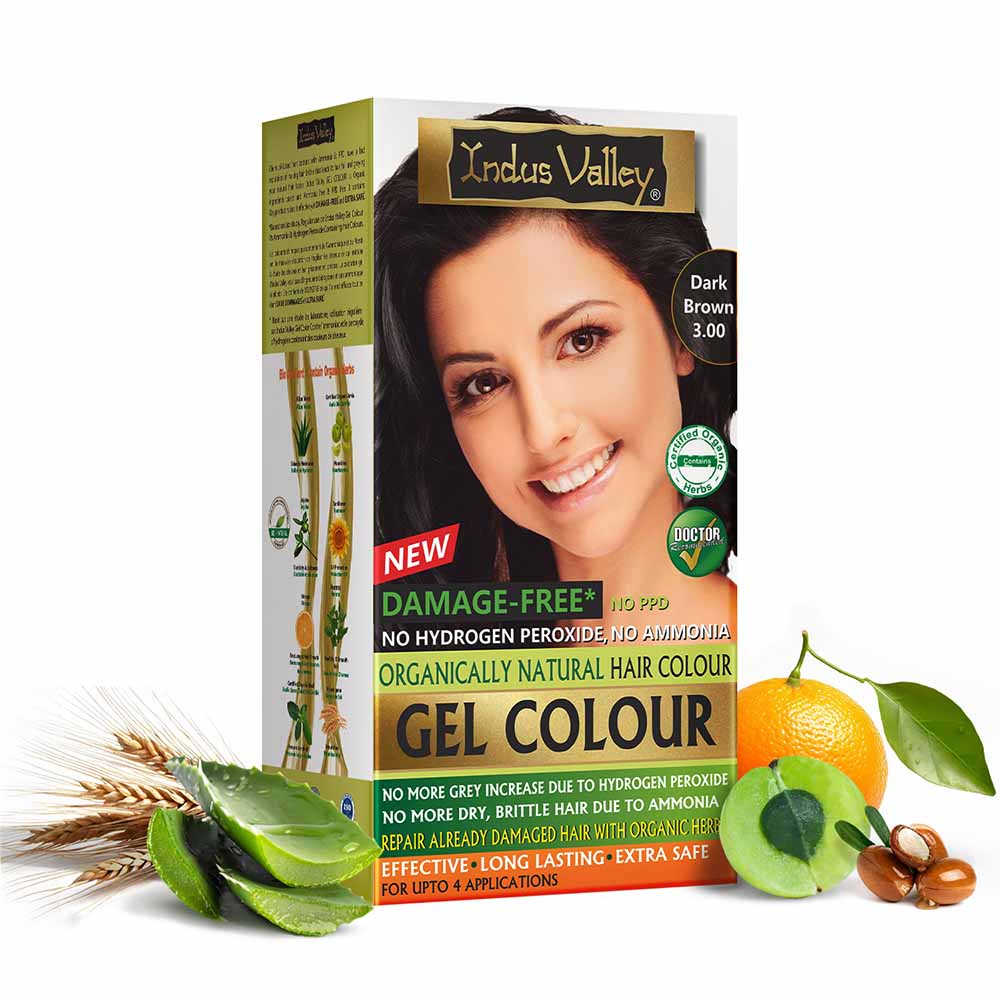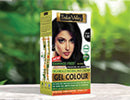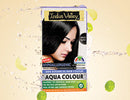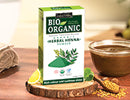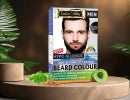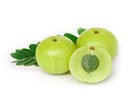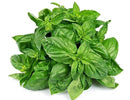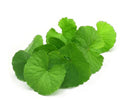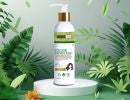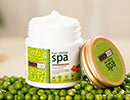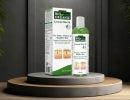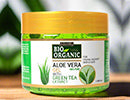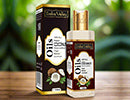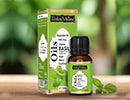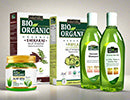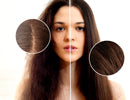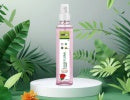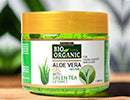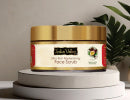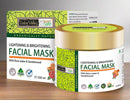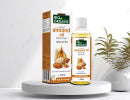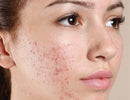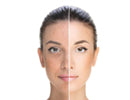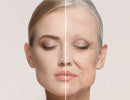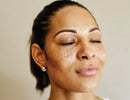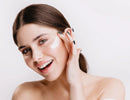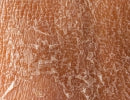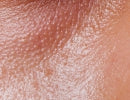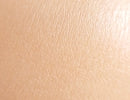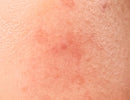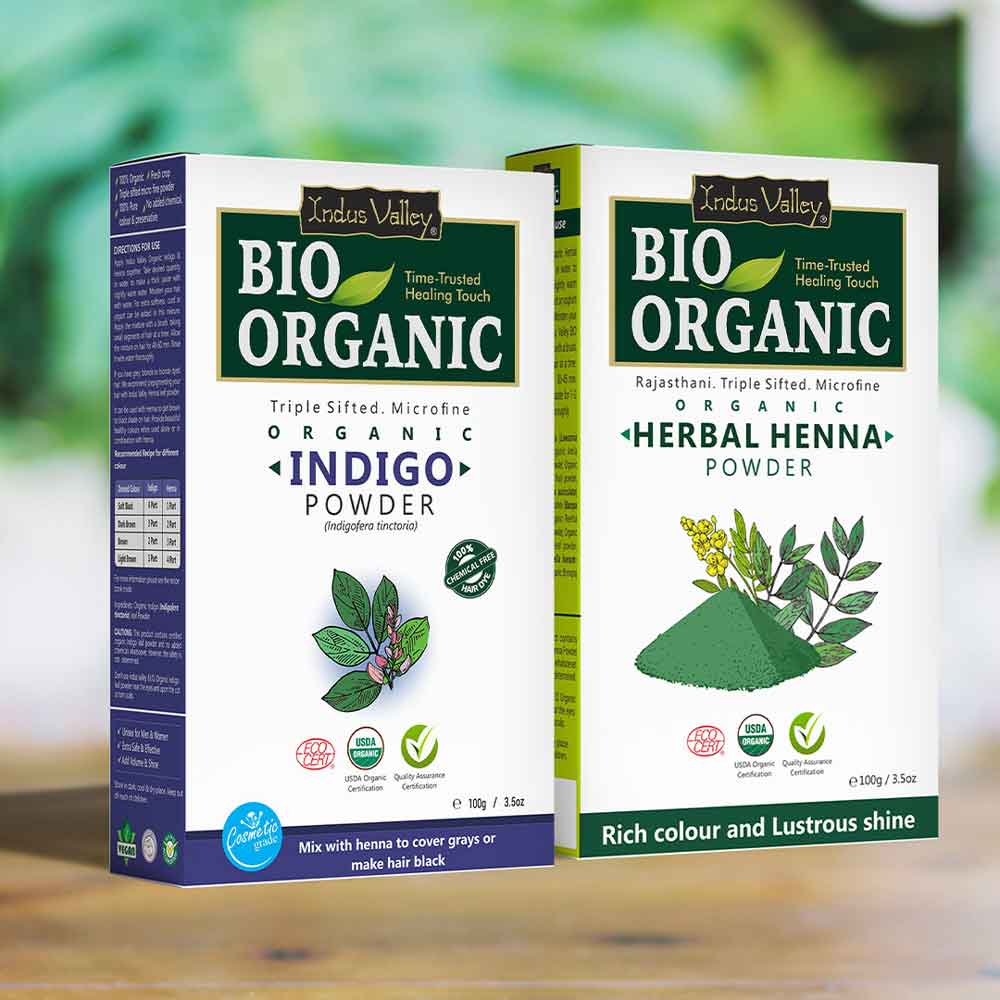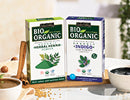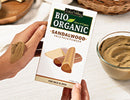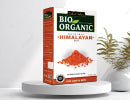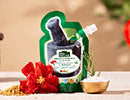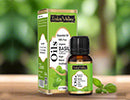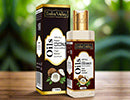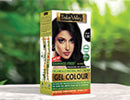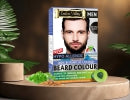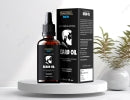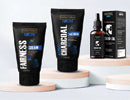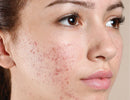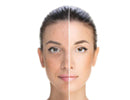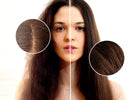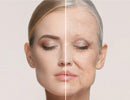When it comes to skincare, one of the most common dilemmas people face is choosing between gel-based and cream-based products. Both have their unique benefits and are suitable for different skin types and concerns. This blog will explore the differences between gel and cream formulations, focusing on their application for issues like pigmentation and hyperpigmentation, to help you make an informed decision about what's best for your skin.
Understanding Skin Pigmentation
Pigmentation refers to the coloring of the skin, which is determined by the amount of melanin produced by the skin cells. Hyperpigmentation occurs when an excess of melanin forms deposits in the skin, leading to dark spots, age spots, melasma, or a generally darker skin tone.
Gel Based Moisturizers For Oily Skin
Gel based moisturizers are typically water-based and have a lightweight consistency. They are absorbed quickly by the skin without leaving a greasy residue, which makes them ideal for oily or acne-prone skin.
Benefits:
- Lightweight Hydration: Gel based moisturizers hydrate the skin without clogging pores.
- Soothing Effect: They often contain ingredients like aloe vera or cucumber, which soothe irritated or sensitive skin.
- Oil Control: They help in controlling excess sebum production.
Cream Based Products for Dry Skin and Intense Treatment
Cream-based products, on the other hand, have a thicker consistency and are typically oil-based. They are more suitable for dry skin or for treating specific skin issues like pigmentation.
Benefits:
- Intensive Hydration: Creams provide deeper hydration, which is beneficial for dry skin.
- Targeted Treatment: Many depigmentation creams are formulated to address issues like age spots, melasma, and other forms of hyperpigmentation.
- Nourishing Ingredients: Creams often contain ingredients like vitamins and antioxidants that nourish the skin.
Addressing Hyperpigmentation: Gel vs. Cream
When dealing with hyperpigmentation, the choice between gel and cream can depend on the severity of the issue and your skin type.
- Mild Hyperpigmentation: Gel based products with ingredients like vitamin C or niacinamide can help in lightening mild pigmentation and evening out the skin tone.
- Severe Hyperpigmentation: For more pronounced pigmentation issues, a targeted hyperpigmentation treatment in the form of a cream may be more effective. These products usually contain ingredients like hydroquinone, kojic acid, or azelaic acid.
Best Practices for Using Gels and Creams
- Skin Type Matters: Choose a product based on your skin type – gel for oily or combination skin, and cream for dry or mature skin.
- Patch Test: Always do a patch test to check for any adverse reactions.
- Consistency is Key: Regular and consistent use is crucial for seeing results, especially for pigmentation treatments.
- Sun Protection: Using sunscreen is essential when treating pigmentation, as sun exposure can worsen the condition.
Conclusion
The choice between gel and cream formulations largely depends on your skin type and specific concerns. For oily skin and mild pigmentation issues, a gel-based product like Indus Valley Depigmentation Gel might be sufficient.Made with the goodness of cow yogurt & mashobra honey that are excellent in exfoliation and helps lighten the skintone. However, for dry skin or more severe pigmentation problems, a cream-based product might be more effective. Always consult with a dermatologist for personalized advice, especially when dealing with skin conditions like hyperpigmentation.
Remember, understanding your skin's needs and choosing the right product is the key to effective skincare. Whether you choose a gel or a cream, make sure it aligns with your skin type and the specific issues you want to address.
